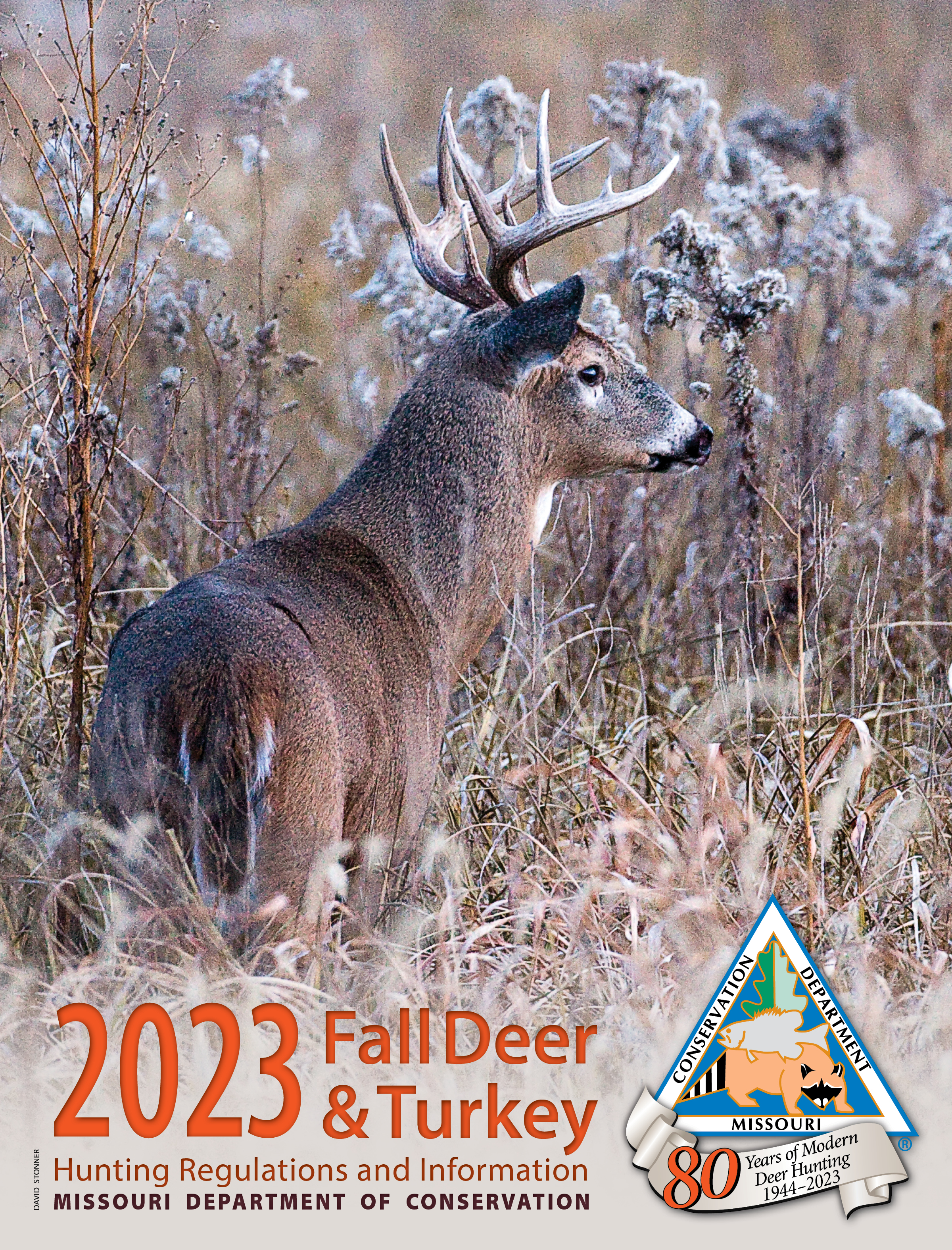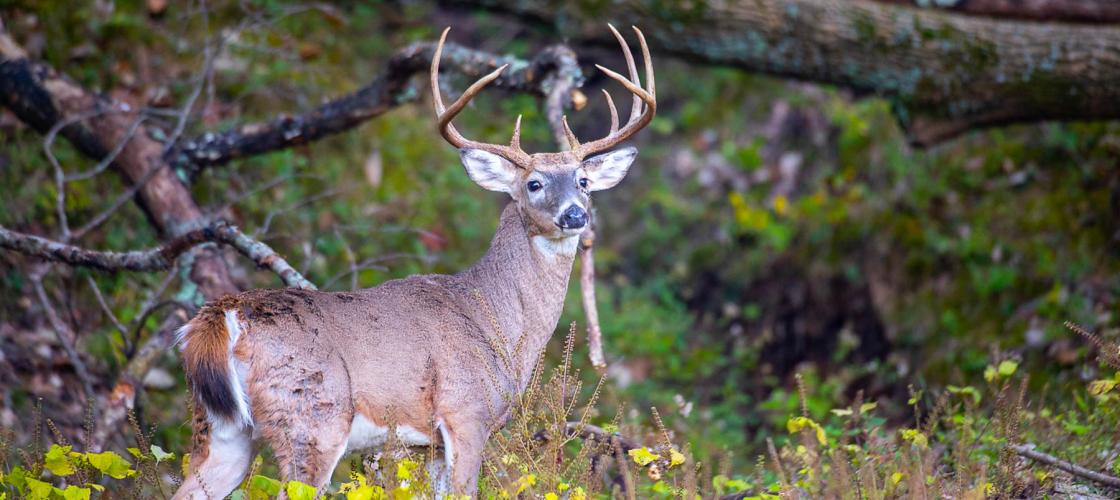Body
Whether you are curious about deer hunting or have experience in the field, this section offers guidance that can help you advance your skills. Find information on:
- Choosing the right equipment
- Scouting locations
- Preparing for the field
- Field dressing your harvest























